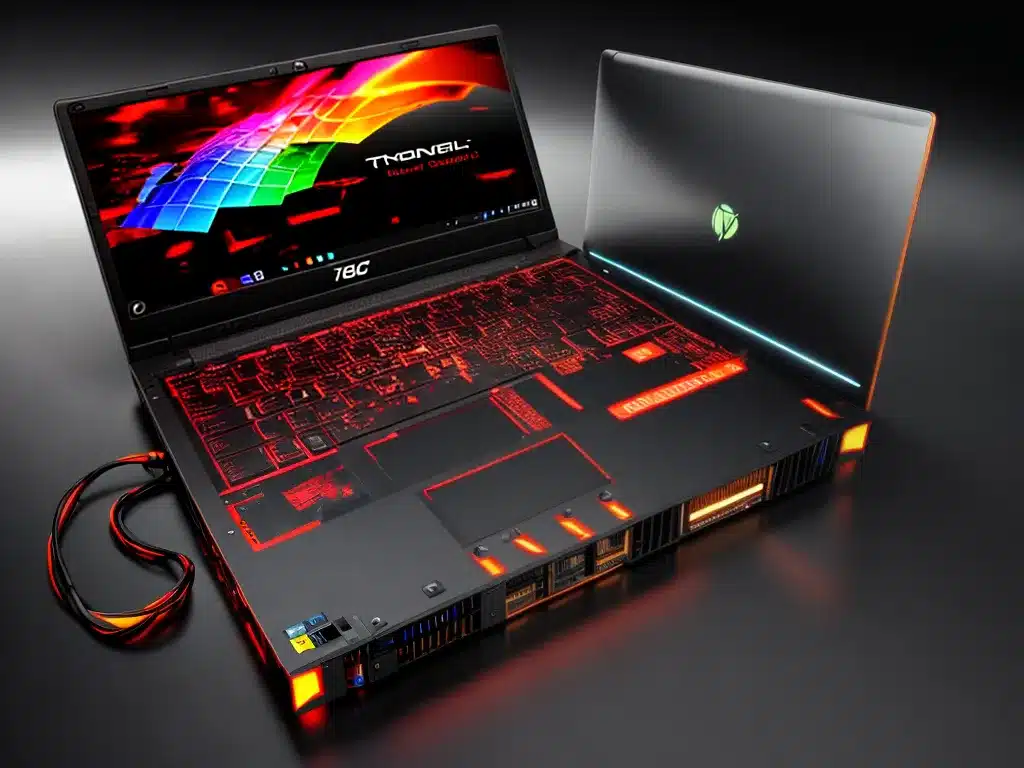
Upgrading a laptop graphics card can seem daunting, but it is possible depending on your specific laptop model. There are several factors to consider before attempting a graphics card upgrade in a laptop.
Determining Graphics Card Upgradeability
The first step is to determine if your laptop’s graphics card is even upgradeable.
-
Older laptops generally have graphics cards that are soldered to the motherboard, making upgrades impossible.
-
Newer gaming laptops often have graphics cards that can be upgraded by replacing the card in the M.2 slot.
-
Check your laptop manufacturer’s website for documentation on graphics card replaceability.
-
Open up the bottom panel to inspect the graphics card – if it’s soldered, it can’t be upgraded.
-
M.2 slot – if there is an open M.2 slot, a new graphics card may be compatible.
Compatibility Considerations
If your laptop can have the graphics card replaced, you need to ensure compatibility with the new upgraded card.
-
The graphics card form factor must match – M.2 is most common for laptops.
-
The new graphics card must be supported by the laptop model and motherboard.
-
Upgrade options may be limited for older laptops even if the card is replaceable.
-
Check graphics card specs like TDP to ensure the laptop cooling system can handle it.
Performance Expectations
Don’t expect a dramatically better gaming experience with a graphics card upgrade.
-
Laptops have thermal limitations that constrain performance, even with an upgraded card.
-
The upgrade may be held back by other factors like an old CPU or limited system RAM.
-
Research benchmarks of your potential upgrade card in your specific laptop model for realistic performance expectations.
-
An external GPU enclosure may be another option if the laptop has Thunderbolt 3.
Cost Considerations
Upgrading a laptop graphics card costs hundreds of dollars – consider if it’s worth the investment.
-
The upgrade costs may approach the price of a new budget gaming laptop.
-
Weigh the costs against just saving up for a newer laptop with better base specs.
-
Shop used/refurbished GPUs to save money if available for your model.
-
Consider selling your old graphics card to offset upgrade costs if it’s in demand.
Conclusion
Upgrading a laptop GPU is not always straightforward, but it can provide some extra graphics performance if done properly. The key is researching your specific laptop model for compatibility, managing expectations around real-world performance gains, and weighing the costs against other options like buying a new laptop. With the right considerations, a graphics card upgrade can squeeze some extra life out of an aging gaming laptop.












